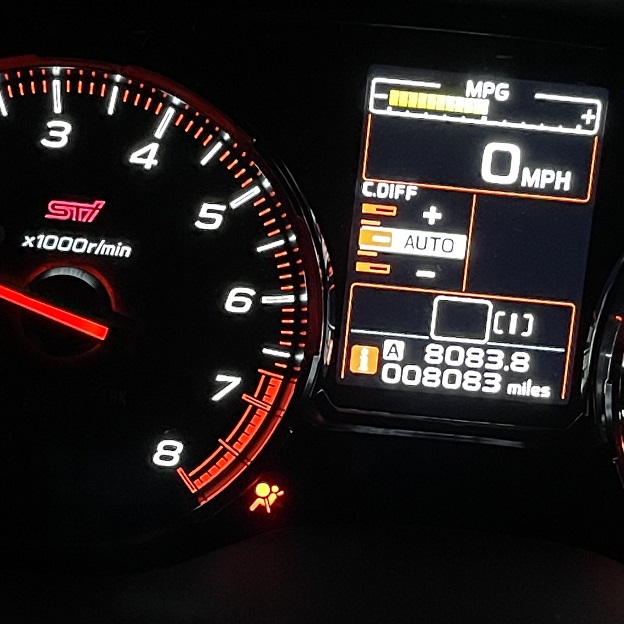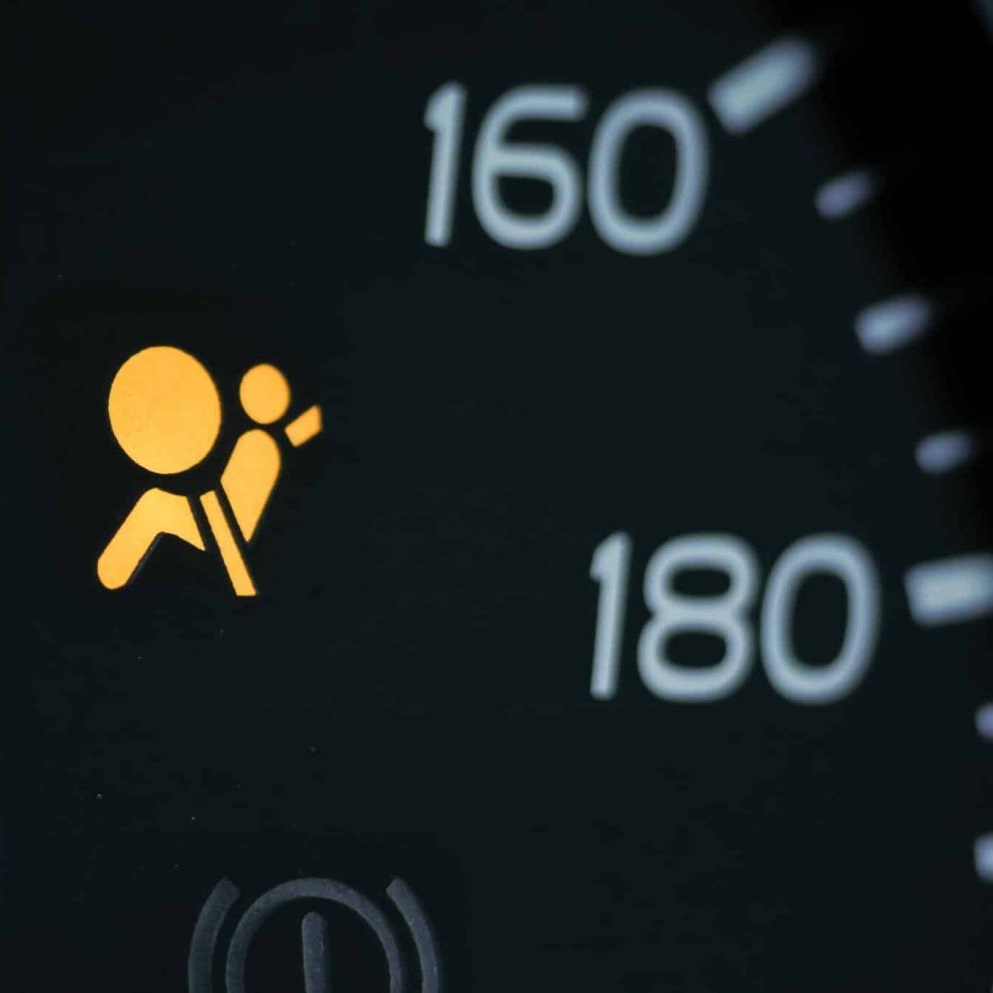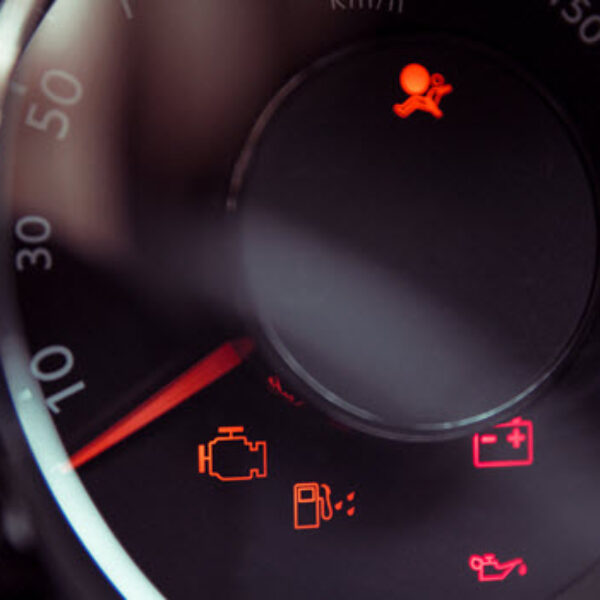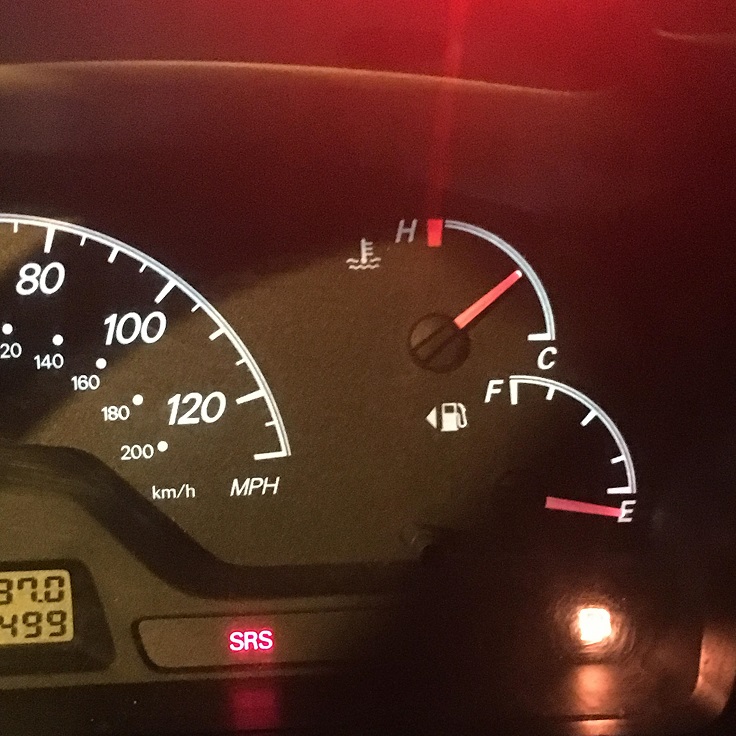Introduction to SRS Car Light
The SRS car light is a fundamental component of your vehicle’s safety features. When illuminated, it indicates a potential issue within the Supplemental Restraint System (SRS). This system includes airbags and seatbelt mechanisms designed to protect passengers. It’s critical to address SRS car light warnings promptly to maintain vehicle safety.
What is the SRS Car Light?
The SRS car light, often seen as an illuminated symbol on the dashboard, serves as a warning indicator for your vehicle’s Supplementary Restraint System. Sometimes confused with the ‘airbag system,’ the SRS represents a wider range of protective features. This light is part of your car‘s diagnostic system that alerts you to problems within these safety features.
Importance of the SRS System in Vehicles
The importance of SRS systems in vehicles cannot be overstated. The SRS ensures that airbags and seatbelts function correctly during a crash, offering critical protection. When the SRS car light is on, it means this protection could be compromised, putting passengers at risk. Therefore, understanding and maintaining the SRS system is crucial for onboard safety.
Common Causes of SRS Light Activation
When the SRS car light illuminates, it often signals one of several common issues. Identifying these causes can help you quickly address and resolve potential safety hazards in your vehicle.
Faulty Airbag Sensors
Airbag sensors play a crucial role in deploying airbags during a collision. If these sensors malfunction, the SRS light may stay on. Sensor malfunctions might occur due to age, damage, or dust accumulation.
Issues with Seat Belts
Seat belts are integral to the SRS system. If seat belt mechanisms are damaged or malfunctioning, it can trigger the SRS light. Common problems include jammed retractors or defective latch systems.
Wiring and Electrical Problems
Wiring issues can interfere with the SRS system’s ability to function correctly. Frayed wires, loose connections, or corroded terminals are typical problems that need checking.
Impact of a Depleted Battery
A weak or failing battery might not just start your car; it can also affect its electrical systems, including the SRS system. A depleted battery might trigger the SRS light as it fails to provide adequate power to the system’s components.
Diagnosing SRS Light Issues
When your vehicle’s SRS light turns on, it’s crucial to diagnose the issue immediately. This light is your car’s way of telling you something is wrong with the safety systems. To accurately diagnose the cause, use specific tools and understand the error codes your vehicle is displaying.
Tools and Techniques
Several tools can aid in diagnosing SRS light issues. A multimeter helps check for electrical problems in the SRS circuit. An OBD-II scanner is essential for retrieving error codes from the car’s computer. Professional-grade scanners provide comprehensive data but at a higher cost. For DIY enthusiasts, a basic code reader may suffice. Always disconnect your car’s battery before attempting to fix wiring issues.
Inspect physical components like seat belt buckles and airbag connectors for visible damage. If everything looks intact, proceed with electronic diagnostics. Remember, safety first: follow your manual’s guidelines and don’t test airbags with direct current sources!
Understanding Error Codes
Error codes, also known as Diagnostic Trouble Codes (DTCs), are your vehicle’s language for specific problems. Each code pinpoints an issue, from a failing sensor to a corroded wire. To decode these, you’ll need your vehicle’s manual or access to a reliable automotive database. Codes related to the SRS can start with a ‘B,’ indicating body systems which include airbags and seat belts.
Interpreting these codes accurately can guide you on the next steps, whether resetting the system, repairing a connection, or replacing a faulty component. Keep in mind, for some issues, the only safe option is to visit a professional mechanic trained in handling SRS components. In cases where the battery, wiring, sensors, or airbags are involved, this is not a DIY fix.
Step-by-Step: Resolving SRS Light Problems
When the SRS light comes on, it’s crucial to resolve it promptly. Follow these detailed steps to diagnose and fix common issues causing the SRS light to activate.
Checking and Replacing Sensors
Faulty sensors often trigger the SRS light. Check airbag sensors and seat belts for damage or obstructions. Replace any faulty sensors immediately. Shop manuals provide guidance on accessing and replacing these components. Always ensure the battery is disconnected during this process.
Repairing Electrical Connections
Inspect all related wiring and connections for signs of damage or corrosion. Tighten loose connections and replace frayed wires. Use a multimeter to test the continuity of the SRS circuit. If issues persist after these fixes, the wiring may need a professional assessment.
Professional Diagnostic Tools
For a comprehensive diagnosis, use a professional-grade OBD-II scanner. These scanners provide detailed insights into the SRS system. They help identify specific error codes that standard tools might miss. If unfamiliar with these tools, consider hiring a professional mechanic to ensure correct and safe handling of SRS components.
The Role of an SRS Bypass Emulator
An SRS bypass emulator plays a critical role in vehicle diagnostics and repair. It is a specialized tool designed to diagnose and resolve problems within the Supplemental Restraint System (SRS). This device helps simulate the presence of an airbag module when it is physically absent or disengaged. This feature is particularly useful during vehicle repairs or modifications when the airbag system is disconnected.
When to Consider an SRS Bypass
Consider using an SRS bypass emulator under specific circumstances. It is suitable when diagnosing airbag system issues without the need to engage the actual airbags. Also, consider it during vehicle modifications or when integrating aftermarket components that might not align with the existing SRS setup. Using an emulator can help avoid triggering false error messages on your vehicle’s diagnostic system.
Safety Considerations
When using an SRS bypass emulator, prioritize safety to avoid compromising the vehicle’s protective systems. Ensure that the emulator is only in use for testing and diagnostics, and not as a permanent part of the vehicle’s SRS. Always restore the original airbag modules and connections once maintenance or testing is complete. This helps maintain the vehicle’s safety integrity. It’s also recommended to consult with a professional mechanic or technician when using such devices to ensure proper handling and use.
Maintaining Your Vehicle’s SRS System
Maintaining the SRS system is crucial for vehicle safety. Regular checks and professional services ensure it functions properly.
Regular Maintenance Tips
it is essential with Regular maintenance of the SRS system. Check the SRS car light often, especially before long trips. Inspect sensors and seatbelt mechanisms periodically. Clean dust off sensoras to avoid false triggers. Keep the vehicle battery in good condition to prevent SRS light issues.
Professional Inspections and Services
Seek professional inspections yearly. A mechanic can perform a comprehensive check and service the SRS system. They use professional diagnostic tools to detect and fix complex issues. Always use trusted services to maintain safety standards.
Conclusion
In summing up, addressing SRS car light issues is imperative for your safety. Ensuring that this vital system is functioning correctly can prevent serious injuries during an accident. Regular maintenance checks and prompt attention to any SRS warning lights are non-negotiable for responsible vehicle ownership.
Summing Up the Importance of Addressing SRS Issues
Ignoring an illuminated SRS car light can lead to dire consequences. It’s a clear sign from your vehicle that something is amiss with the safety features. From faulty airbag sensors to depleted batteries, the underlying issues can vary greatly. However, they all share one commonality: the potential to compromise your safety. The role of a bypass emulator is critical during diagnostics, but it’s a temporary measure. For a fully operational SRS system, professional inspections and services are key. Keep your SRS in check, and you safeguard not just your life but also those of your passengers and fellow road users.



